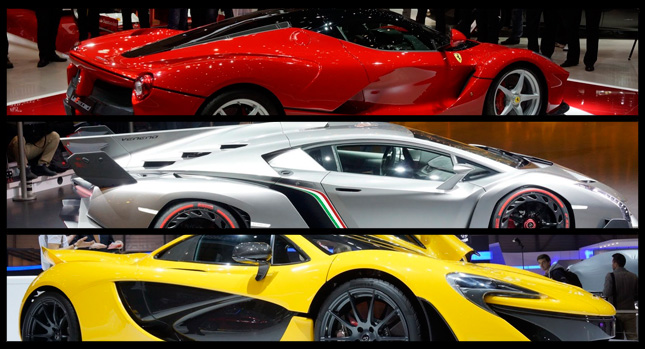nissan qazana concepto 2009 BMW i3 Concept Ferrari 458 Spyder Outlook
Facebook Twitter Google + Stumbleupon LinkedIn Pinterest
Facebook Twitter Google + Stumbleupon LinkedIn Pinterest
Chasseur d39;epaves anciennes de 1900 à 80 [Avertissement en page 1
may be governed by copyright. – Send suggestions We Comply All TakeDown by Request.
thanks for coming


No comments:
Post a Comment